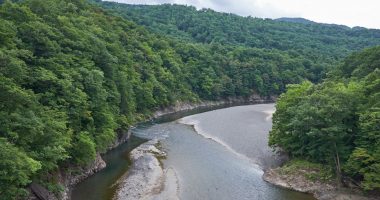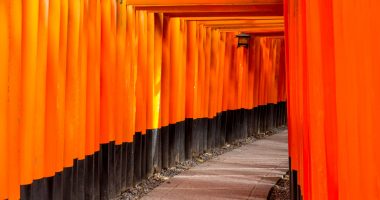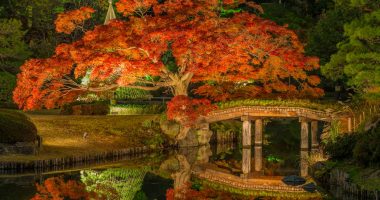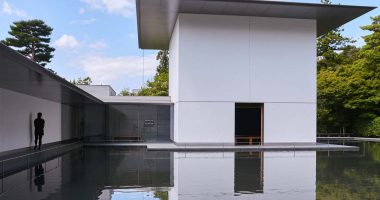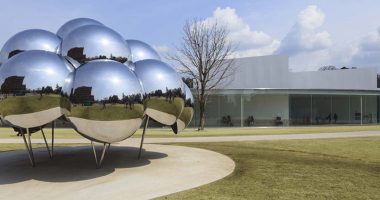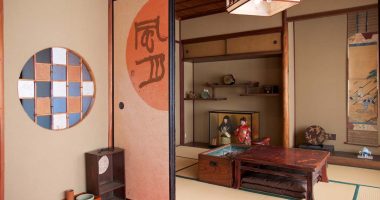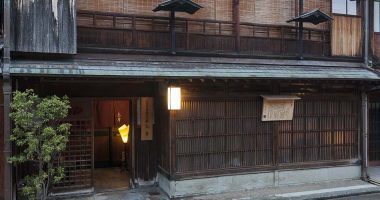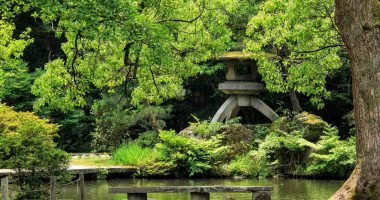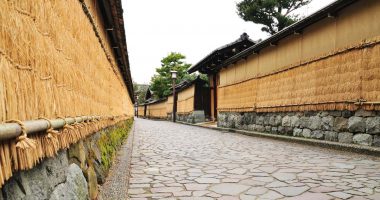Shima Ochaya
Tea house built in the 1820s that today it stands as a museum and an Important Cultural Site. Spread over two floors, visitors can see the instruments used by the geisha to entertain guests to the tea house and glimpse into how the tea houses of the area looked in the late Edo period. Explanations are only in Japanese but a simple English pamphlet is also available.
Nagamachi Samurai District
Former area of residence for the samurai of Kanazawa with narrow canals and stone paths. Some of the homes are open to the public. There is also a small museum showing how the merchant class used to live, complete with a reconstructed old style pharmacy, tea room, traditional garden, and displays of local handicrafts.
Hishi and Tsuzuki Yagura + Gojukken Nagaya
Turrets and warehouse reconstructed in July 2001 based off designs from the 1850s. They were originally built with defense of the castle in mind, incorporating fire-proof walls and slits for firing upon enemies. Together they form one of the biggest wooden constructions built after the Meiji period in Japan.
